Mostly Long Guns
Long-Range Shooting Methodologies
column By: Brian Pearce | March, 22
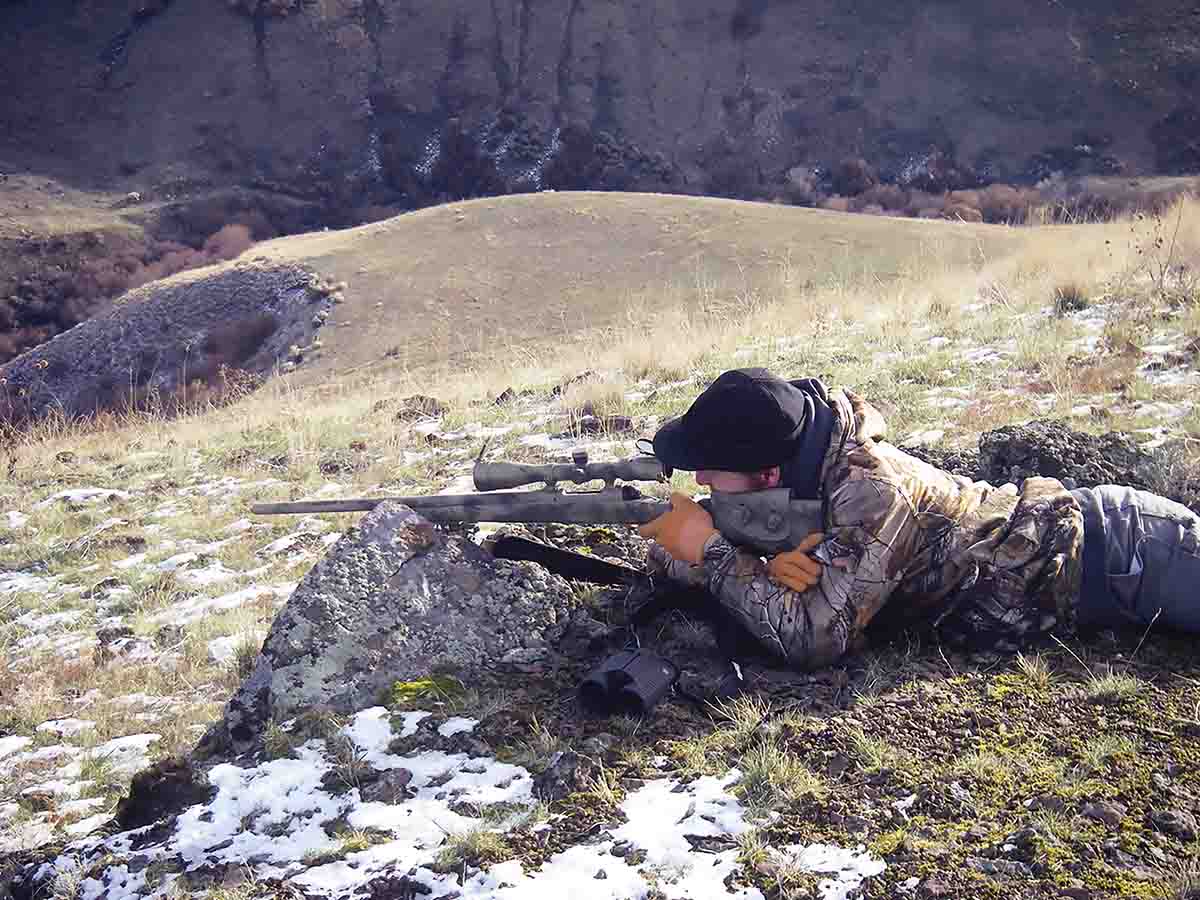
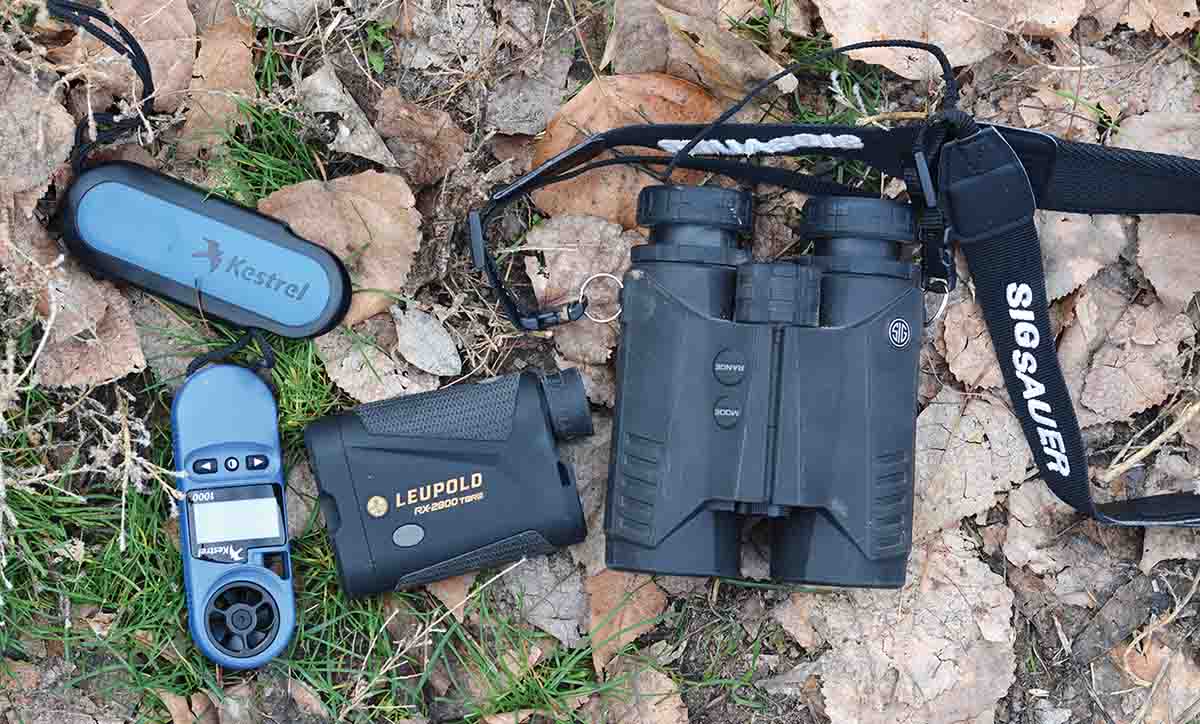
When the first suitable bull was found, it was really on the move and I hustled to more or less intercept it, but the distance was still well beyond 400 yards and it was on the move. If I was going to shoot, I would need to make the shot in just a few seconds and do so accurately!
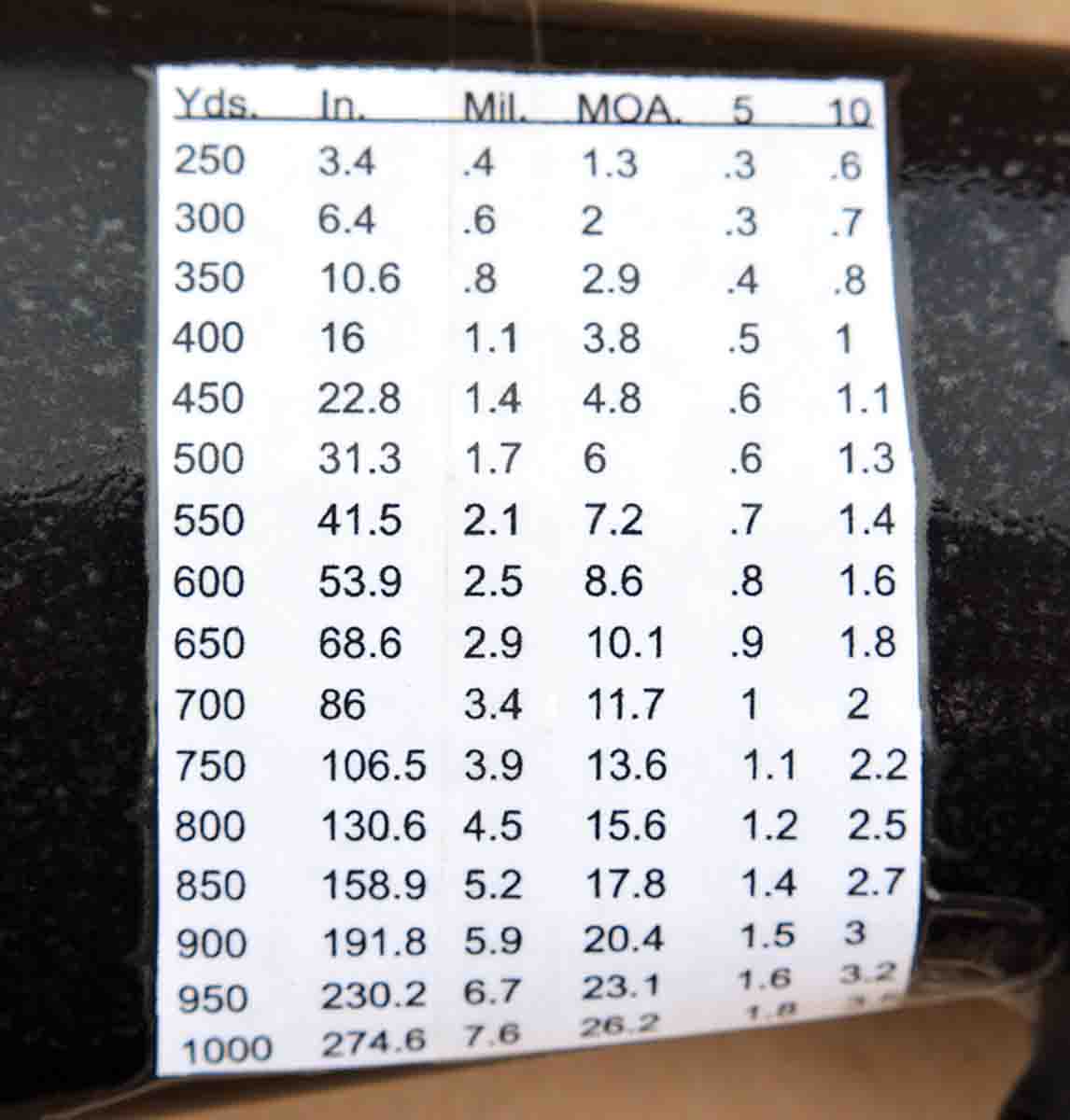
I quickly got into position, using my pack as a rest, measured the distance, took control of my breathing, accounted for the wind and bullet drop and carefully squeezed the trigger. When the trigger broke and the rifle fired, I already knew what the result would be. The big bull reacted, staggered and went down, while the distinctive ker-thump of the bullet striking home reported a moment later. I gathered my pack, hiked the more than quarter-mile uphill to field dress the bull and then packed the meat, cape and horns back to the canoe and began paddling a couple of miles across the clear lake back toward camp where I would arrive in the dark. It was a great day! My next bull was more or less a repeat of the first; taken with a single shot at a fair distance using the holdover sighting method.
The purpose of this discussion is to offer tips for using the two most common scope sighting methods for long-range shooting, including “holdover” and “dialing.” Suffice to say that both are effective and useful, with each offering certain advantages over the other.
Since holdover has been used since the beginning of firearms, let’s look at it first. In regard to deer rifles and cartridges, the term “point-blank” has been widely applied since long before I was born (probably dating back to the 1500s and is of French origin). Today, it generally references the maximum allowable range that a given cartridge and bullet can stay within a deer’s kill zone (or any specified target size) without any bullet drop compensation.
In other words, the hunter is supposed to hold dead-on the center of the vitals (or target) out to a given distance and if the hold is perfect, the bullet, at least in theory, will always strike within the vitals. The problem is that a shooter’s hold is almost never perfect, especially in the field. Even if the hold is perfect, atmospheric conditions, changes in elevation, up and downhill shooting, bullet rotation and the effects of wind on bullet drop, the earth’s rotation, variances in ammunition, a rifle’s ability to group and other factors can cause the bullet to miss.
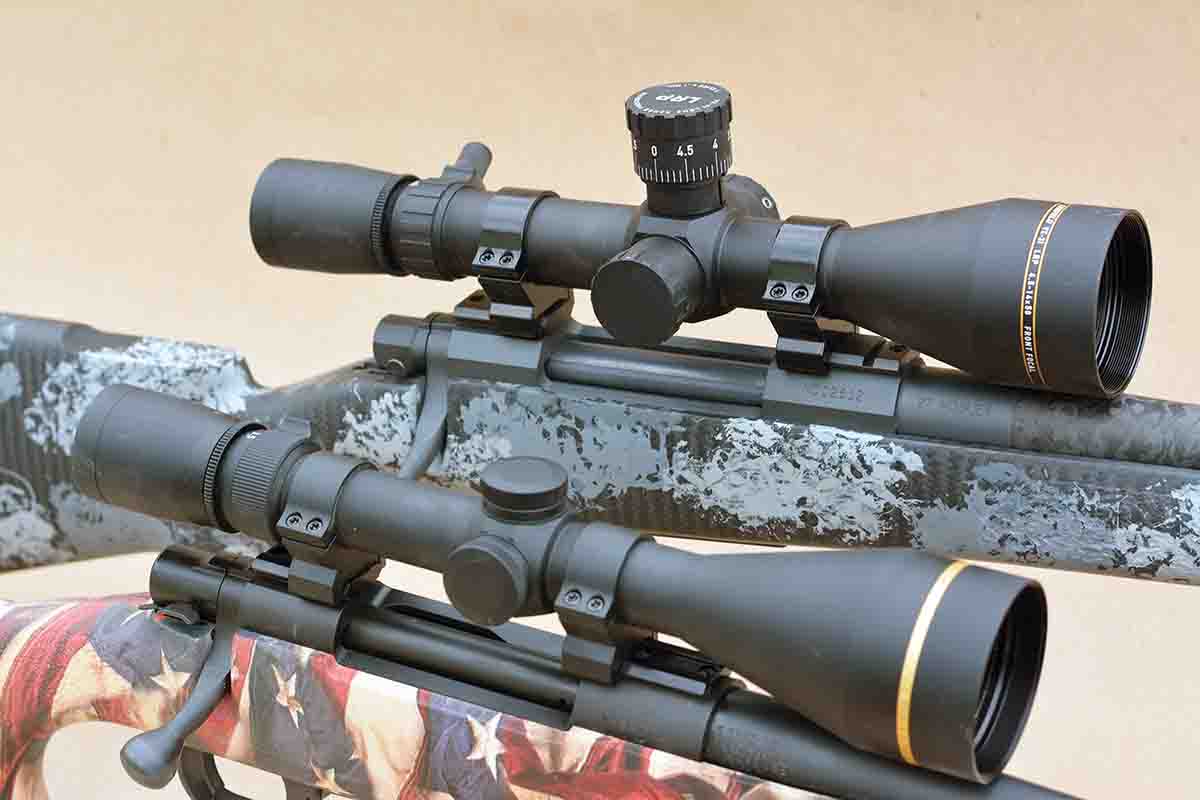
But let’s set the above variables aside for a moment and consider a classic deer cartridge such as the .30-06 Springfield with a 150-grain spitzer (Hornady) bullet at 2,910 feet per second (fps). If an average deer’s kill zone (heart and lung area) is more or less 10 inches from top to bottom and the rifle is sighted 4.02 inches high at 100 yards, the maximum point-blank range is 336 yards. So, if a shot is taken at the bullet’s apex (usually beyond 200 yards) or at the maximum point-blank of around 336 yards, and the hunter pulls the shot just a couple of inches either high or low, rather than making a clean kill, the bullet will only wound or will be a complete miss. Also, if we throw in the above mentioned variables, misses will occur way too often. Using point-blank is far too general of an aiming method and it is much preferred to use something a bit more precise.
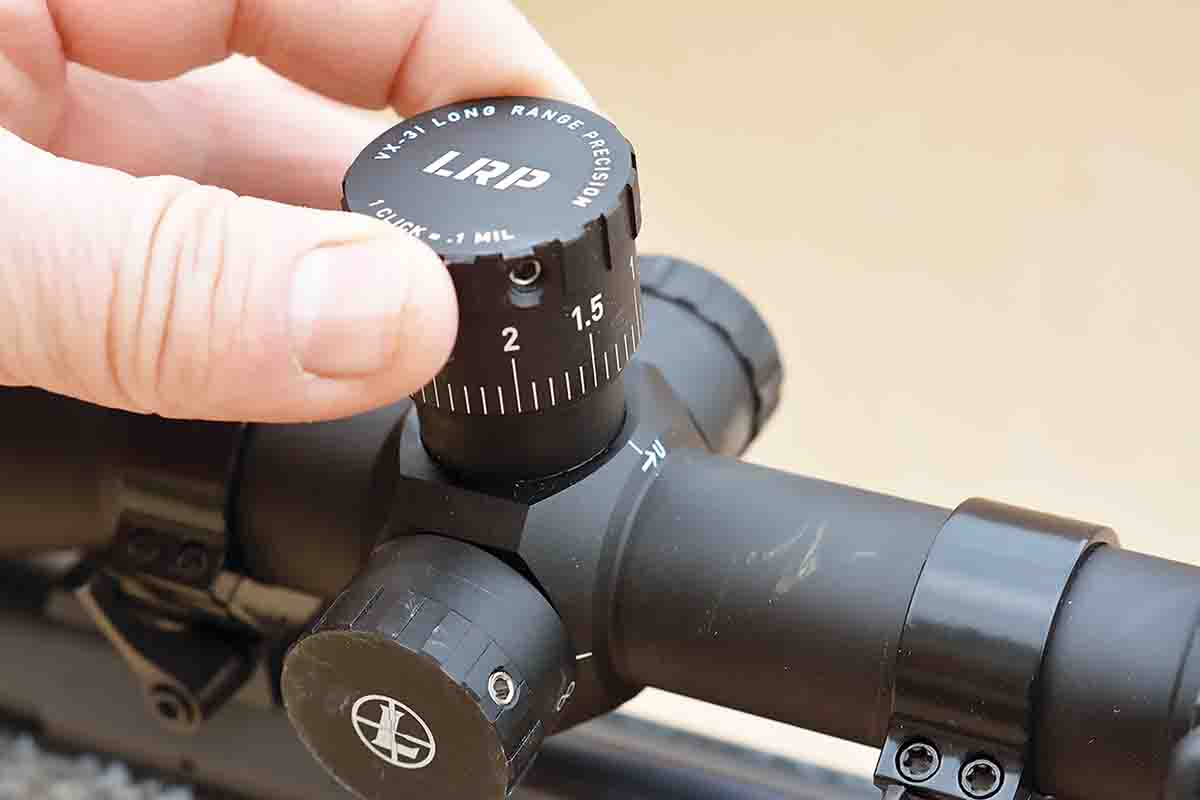
As indicated in the above caribou hunt, the holdover aiming method is quick to employ in the field. Game often only presents itself very briefly, and making a precise shot in just a moment can make the difference between anchoring the game or going home empty-handed. The hunter needs to learn the measurements of game and accurately estimate inches that correspond with a drop chart.
While dialing a scope is not new, the popularity of this practice has surged in the past 20 years due to the growing interest in long-range target shooting, which has naturally found favor with many hunters. This demand (as well as military contracts) has resulted in optic manufacturers drastically improving scopes that can be dialed precisely for elevation and windage corrections to allow a dead-on hold at any practical distance and they can be returned to zero (zero stops) in just a moment. If the load, including bullet ballistic coefficient (BC), velocity, drop, wind drift calculations, etc., are correct, along with shooter skill and an accurate rifle, the bullet can be placed with impressive precision at extreme distances.
U.S. military snipers almost always dial when making long shots; however, they generally have plenty of time to read the wind, measure distance and dial before attempting the shot. Again, hunters don’t always have that much time, as game often drifts, grazes, moves or spooks for unknown reasons. I have seen long-range riflemen that are good shots miss opportunities on game, as they were determined to dial; however, by the time they ranged the game, read the wind, dialed the scope and got ready to make the shot, the game was long gone. On the other hand, the same shot could have been made in short order by using the holdover sighting method. The modern long-range hunter will do well to fully master both methods and should choose a reticle that works for both.
While this discussion is not about various scope features for each sighting method, it is noteworthy that scopes used primarily for holdover can be lighter and smaller, but it is suggested to choose a reticle that will allow reference points for precise aiming.
When dialing, scopes will need adequate adjustment for long shots, which generally results in 30mm tubes (or larger) being necessary. Other desirable features include a front (aka first) focal plane (although many still like second focal plane) and zero stops. While I have my preferences, MOA and MIL are something of a personal preference and either can work very well.
I always try to stalk as close as is reasonably possible to game before taking my shot. However, coyotes and wolves are another matter.
It is really remarkable how technology has changed the definition and methodology of long-range shooting. But it still requires practice and experience to make reliable hits at extended distances.


